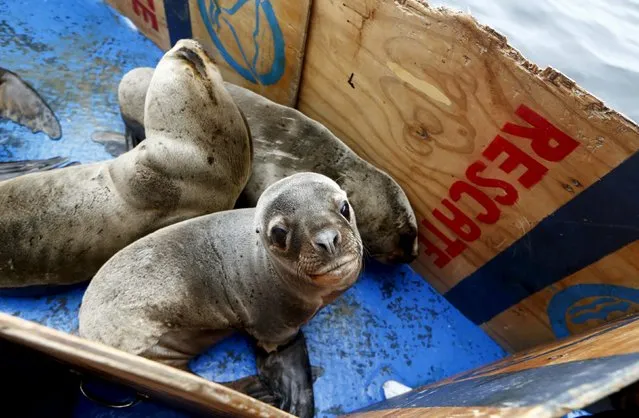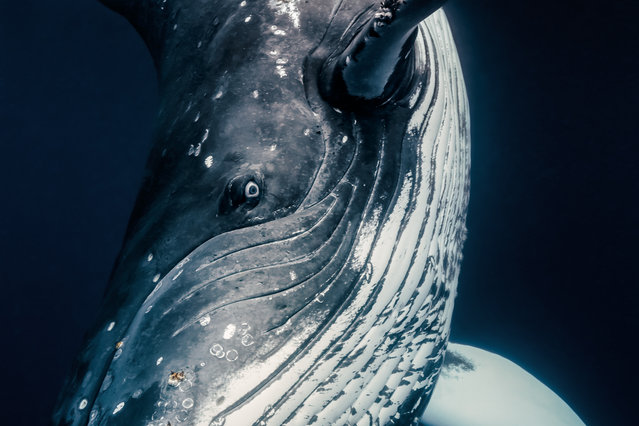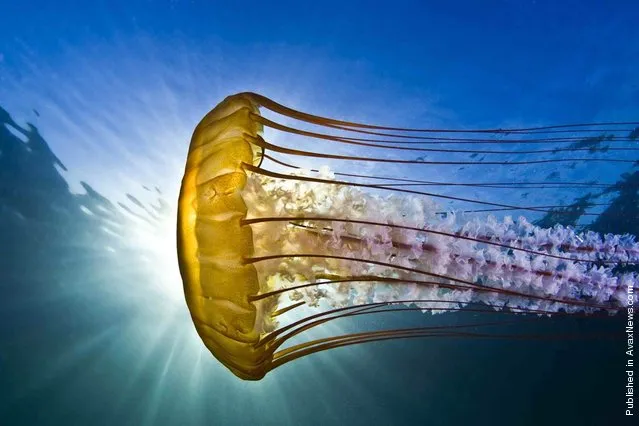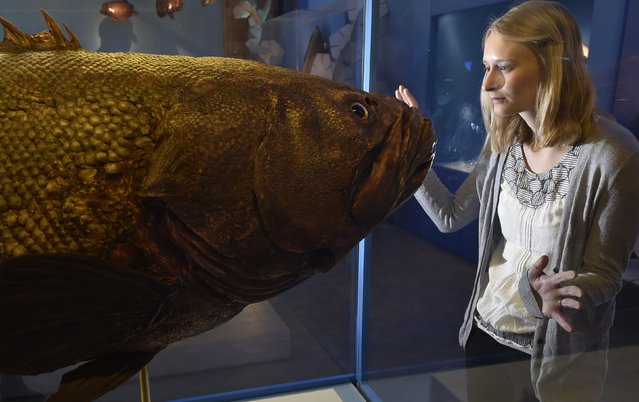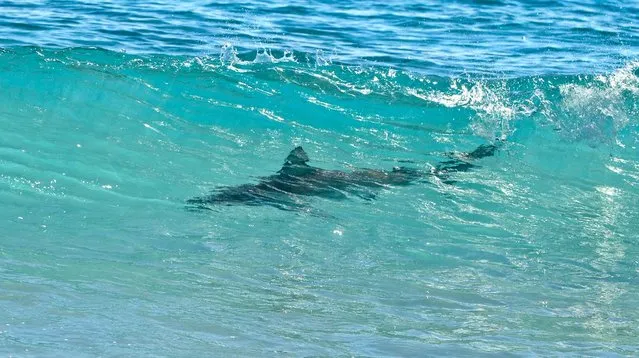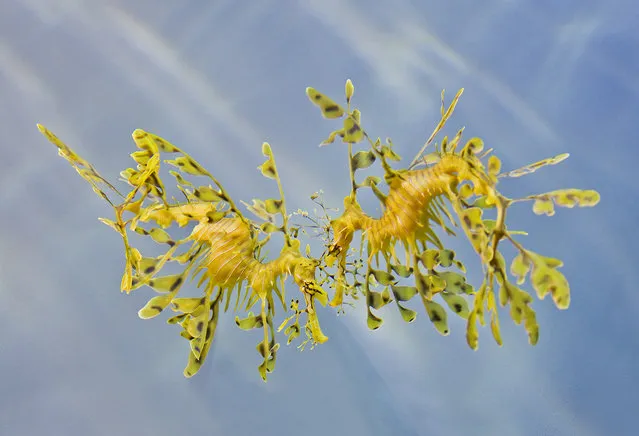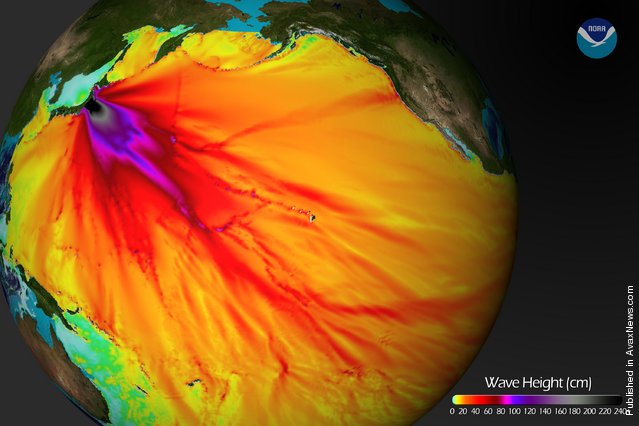
United States Marines perform a fighting demonstration in Times Square as part of Fleet Week festivities May 27, 2011 in New York City. Fleet Week, which has been held in New York since 1984, brings thousands of military members to the city where they engage the public with numerous activities, demonstrations, tours and contests. Fleet Week concludes on Memorial Day with a military flyover to honor those killed while serving in the military. (Photo by Spencer Platt/Getty Images)
28 May 2011 09:03:00,post received
0 comments

